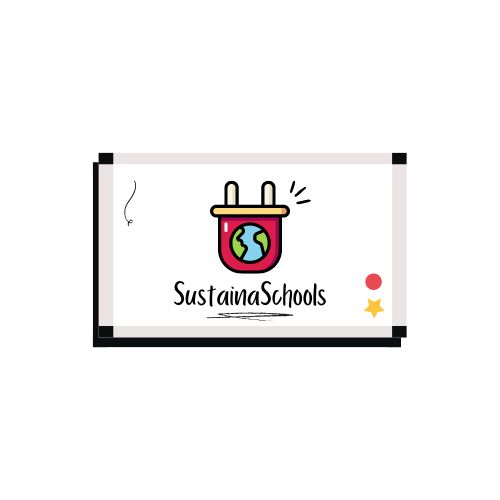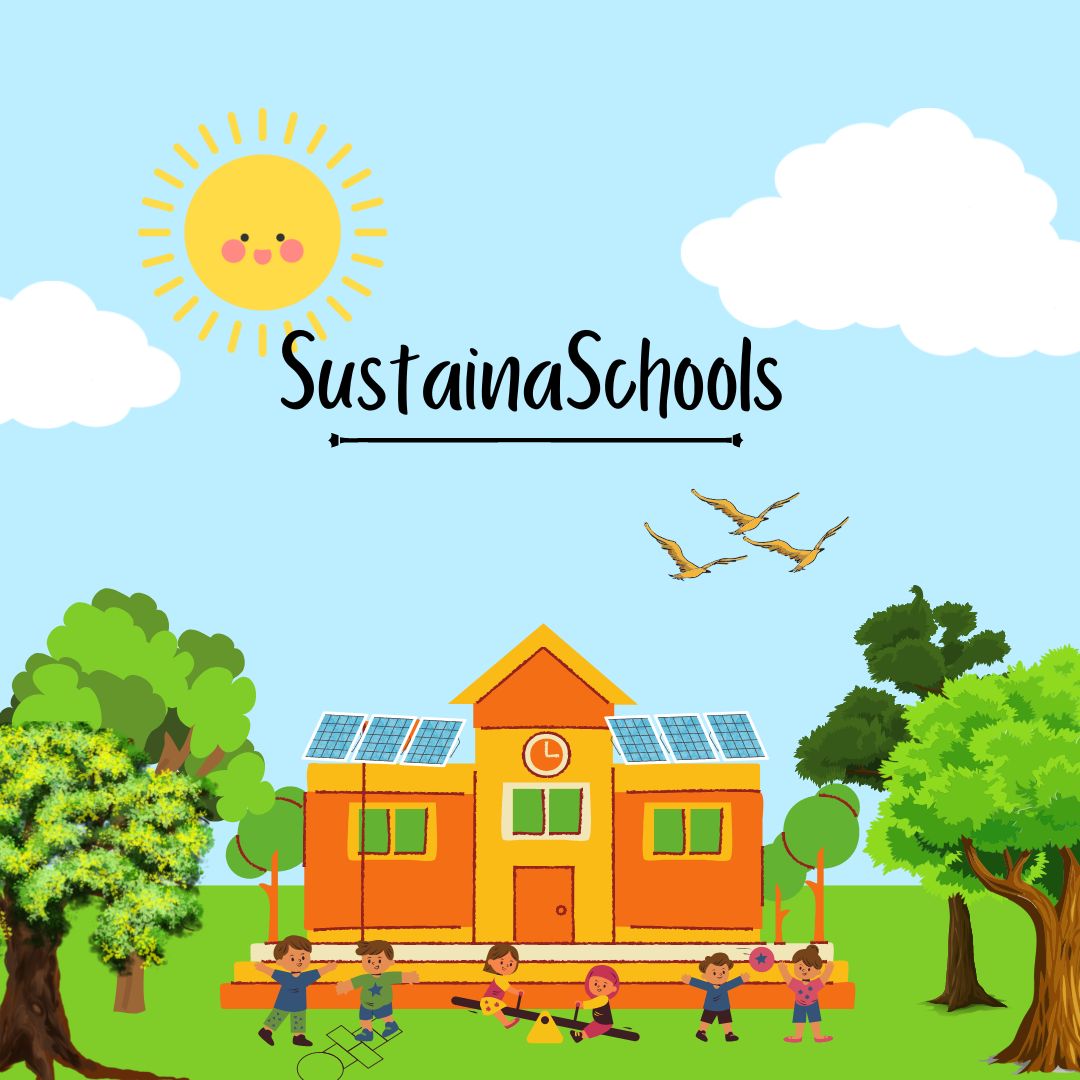
SustainaSchools | Transforming schools into more responsible and efficient energy users.
Project Team:
Urvee Sarkar
Status:
New Idea
Social Purpose
Responsible Consumption & Production
What is the problem you found?
Schools are not using energy as efficiently and responsibly as they possibly can.
What is your opportunity?
How might we implement efficient and responsible energy usage strategies that will reap economic, social and most importantly, environmental benefits?
Who is your audience?
People who are being positively impacted include school students, school authorities, and the community itself due to the reduction of negative effects on the environment through energy efficiency strategies and responsible energy use.
What Is Your Solution?
Schools can implement combinations of strategies to achieve the highest possible levels of potential environmental benefits (with any economic and social benefits that may go hand-in-hand). These strategies are:
- Installation of solar panels on school roofs. Schools are some of the most consistently used institutions/buildings within society - open for (4 terms x 10 weeks x 5 days) approximately 200 days, or almost 58% of the year. As a result, schools use large amounts mostly non-renewable energy for lighting, heating and cooling. Through implementation of state or national solar panel subsidy schemes for schools, these schools can take advantage of their numerous buildings for solar panel installation, increasing independence and reducing stress on the power grid, especially during times of high energy usage. Also, during weekends and holiday periods, the school solar panels can direct extra energy back to the grid and increase the supply of energy, a direct, vital social benefit. Installing solar panels can also have significant economic benefits, saving large amounts of money for the school in the long term, which can be directed into areas that need it more and that will benefit students to a greater extent. Switching to renewable energy in the form of solar panels thus reduces greenhouse gas emissions in the long term.
- Implementing insulating building materials into buildings. For example, cellulose insulation made from recycled paper (e.g. Forest Stewardship Council-certified) can be added into building wall and roof cavities. Cellulose insulation is a product of waste paper that has been recycled - already beneficial for the environment - and prevents air escaping via gaps and cavities. This insulates the room in both cold and warm weather and reduces not only the need for heating/cooling systems, but also usage of energy - leading to reduction in greenhouse gas emissions. As a result, less finances would be spent on energy usage in the long term, as cellulose insulation can last for around 50 years.
- Using upgraded energy efficient heating and cooling systems like ACs, and using these effectively. For example, setting an AC to a certain room temperature (e.g. 18 - 20 C) so that it will only turn on when it detects deviations from that temperature within the room. This way, the AC is not used constantly, minimising energy usage and thus lowering greenhouse gas emissions. In addition, installing heating and cooling systems that have numerous energy stars will also assist in energy usage and greenhouse gas emission reductions, as well as saving money spent on inefficient heating and cooling.
- Planting more vegetation around buildings, especially trees, can help to naturally cool the area down. Schools can act as urban heat islands that do not have anything to absorb or reduce the heat. Trees, by providing shade and through evapotranspiration, can naturally reduce the amount of heat being absorbed by buildings and thus reduce energy usage and greenhouse gas emissions for cooling during warm months. Natives such as eucalyptus trees provide additional benefits such as air purification, absorbing and locking away carbon from CO2 in the atmosphere, and providing habitats for animals such as bees and birds. On top of this, trees are inexpensive, with only the one-off purchasing cost of a sapling and minimal maintenance. Socially speaking, students are provided with natural shade as well, replacing the need for artificial structures to create shady covered areas. Thus, trees are an effective and socially, economically and environmentally viable strategy to limit energy use for cooling.
To encourage the school community to develop healthy habits regarding energy conservation, social encouragement such as inter-grade (and inter-faculty!) competitions can be established, rewarding cohorts with the lowest energy usage. Some habits and behaviours include: opening the windows for natural light and fresh air, turning off lights when not being used, and using ACs only when necessary. Healthy competition can be beneficial in inspiring energy-responsible behaviours in younger generations that will eventually carry on into adulthood – nurturing the future of an energy-aware, net-zero Australia.


Comments